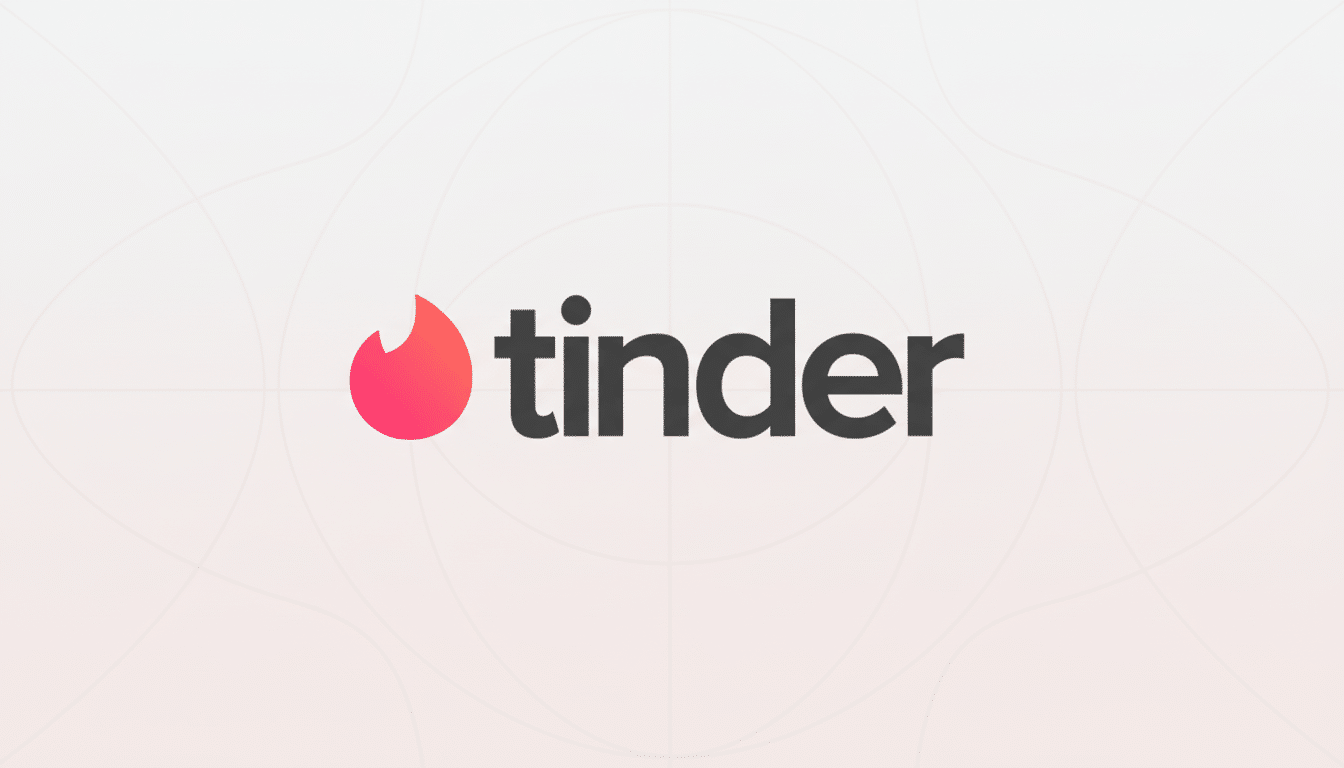Developer Offer
Try ImaginePro API with 50 Free Credits
Build and ship AI-powered visuals with Midjourney, Flux, and more — free credits refresh every month.
Tinder AI Scans Your Photos For Better Matches
Dating giant Tinder is rolling out an ambitious new feature that uses artificial intelligence to analyze users' camera rolls, aiming to create more compatible matches and engaging profiles. This new system, part of an initiative called Chemistry, promises to understand your personality and interests by looking at your photos, but it also steps into the complex territory of user privacy.
How Tinder's New AI Chemistry Works
Chemistry, an initiative from Tinder's parent company Match.com, is designed to help people connect on a deeper level before their first meeting. The feature, currently being tested in New Zealand and Australia, works by asking for permission to access your phone's photo library.

If you agree, the AI scans your images to identify your hobbies and attributes. For example, if your camera roll is full of hiking selfies, the system might surface more outdoorsy matches. Similarly, numerous photos of your dog could highlight you to other pet lovers. This goes a step beyond Tinder's existing AI, which already helps select profile pictures and flags potentially offensive messages with "Are you sure?" alerts. The goal is to use the rich, often unintentional, signals in our photos to build a more accurate user profile.
Balancing Innovation with User Privacy
Granting an app access to your entire camera roll naturally raises significant privacy concerns. Tinder insists the feature is strictly permission-based, but the true test lies in its implementation. According to best practices, a responsible rollout should include:
- A clear and simple opt-in process for users.
- On-device processing wherever possible to limit data transfer.
- Strict data minimization, analyzing only what is necessary.
- Tools to easily exclude specific photos or albums.
- Full transparency about data retention and how to revoke permissions.
This move is part of a broader industry trend where tech companies like Meta are using AI to analyze personal media on your device. As regulators in the US and Europe tighten rules around data consent, users will rightfully demand granular control and clear explanations for how their data is being used.
The Business Case for AI in Dating
This heavy investment in AI isn't just about better matches; it's a strategic business move. Tinder's parent, Match Group, has reported nine consecutive quarters of falling paid subscriber numbers for the app, coupled with weaker spending from its core younger demographic.

Recent financial performance highlights this challenge, with Tinder's revenue and paying user count both dropping. By investing in sophisticated AI, Match Group is betting that it can move the needle on relevance and user retention. It's a calculated risk, potentially sacrificing short-term revenue for long-term growth by creating a more valuable user experience.
A Glimpse into the Future of Tinder Matches
If the Chemistry feature works as intended, it could fundamentally change the Tinder experience. Users might see fewer generic profiles and discover more people with genuine, shared interests. Imagine climbers being matched with other climbers or people who attended the same music festival finding each other. The AI could also automatically optimize your profile by arranging photos that best reflect your lifestyle and pairing them with conversation-starting prompts.
This technology acts as the connective tissue for Tinder's other features, like specific dating modes and profile verification. It's the engine that can interpret signals from user behavior, text, and images to create a more holistic understanding of each person's vibe.
What Users Need to Know Before Opting In
The central question for users is one of trust: is the potential for better matches worth the privacy trade-off? Even with an opt-in system, the optics can be challenging, and the risk of the AI misinterpreting a photo—like mistaking a picture of a friend's baby—is real. For this to succeed, Tinder will need to provide clear labeling, simple controls, and the ability for users to review and delete the AI's inferences about them.
If you're considering trying the feature, it's wise to grant only the minimum necessary permissions, review which photos the AI has selected, and revisit your privacy settings regularly.
The Verdict Is It Worth the Privacy Trade Off
Tinder's Chemistry feature signals a major bet that tapping into the rich data within photos can reinvigorate its platform and bring back subscribers. The upside is clear: more relevant matches and better-curated profiles. The downside is the increased sensitivity around personal privacy. If Tinder can deliver a noticeable improvement in match quality while upholding the highest standards of data security, it could mark a significant step forward for algorithmic matchmaking.
Compare Plans & Pricing
Find the plan that matches your workload and unlock full access to ImaginePro.
| Plan | Price | Highlights |
|---|---|---|
| Standard | $8 / month |
|
| Premium | $20 / month |
|
Need custom terms? Talk to us to tailor credits, rate limits, or deployment options.
View All Pricing Details

